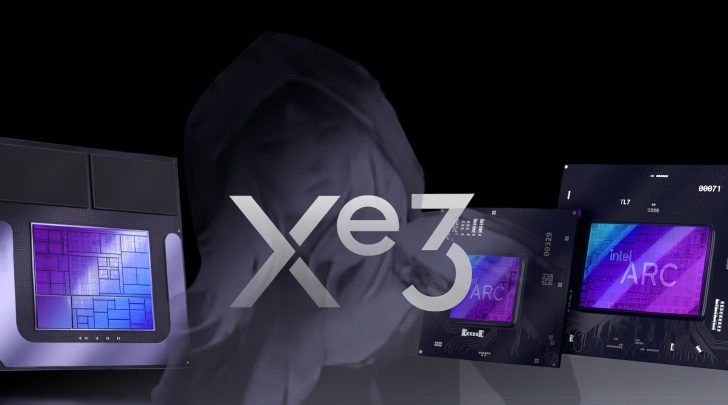Intel has already begun work on the Xe3 architecture for Linux, even before Battlemage graphics cards have been released, laying the groundwork for Celestial GPUs. Intel has begun support development for the Celestial GPU architecture, codenamed Xe3, in the Linux kernel. Although this next-generation graphics architecture will be available in late 2025 at the earliest, Intel engineers are already making the necessary preparations for the transition to this technology. While the full version of the 2nd-generation Battlemage graphics cards, currently only available as integrated graphics in Lunar Lake mobile processors, has not yet been released, Intel’s work on 3rd-generation Celestial GPUs reveals the company’s goal of increasing graphics performance in the future.
Celestial GPUs and next-generation graphics technology
The Celestial architecture will come with a new line of GPUs called Xe3, and will first be used as integrated graphics in Panther Lake processors starting in 2025. Panther Lake will be the successor to Intel’s current Lunar Lake mobile processors and aims to offer improved graphics performance. However, there is currently not much information on how the Xe3 architecture improves upon its predecessor, the Xe2. The Linux driver code is built on top of the existing Xe2 code, with the Xe3 focusing on LPM (low power mode).

For now, it is not possible to get a clue from these drivers about exactly what innovations the Xe3 architecture will bring. However, it is thought that these codes will provide more information in the future and will provide significant improvements in graphics performance.
Celestial GPUs will primarily be available as integrated graphics in mobile processors. However, the possibility of Celestial-based models being released as standalone graphics cards seems more remote. This is due to the fact that standalone versions of the 2nd generation Battlemage graphics cards have not yet been released for desktops. Battlemage is currently only available as integrated graphics in Lunar Lake mobile chips, indicating that Intel is continuing to focus on integrated graphics solutions while the desktop version is awaited.
Still, there’s a chance that the discrete Battlemage graphics cards could launch as early as 2025, which could see Intel make a big leap in graphics performance. Arrow Lake mobile processors are also coming soon, potentially taking Intel’s integrated graphics solutions a step further.
Intel’s graphics strategy is centered on increasing the power of its integrated graphics solutions and preparing for the next generation of discrete graphics cards. The company is continuously improving integrated graphics performance with new processor lines such as Lunar Lake and Arrow Lake. These moves demonstrate Intel’s goal of increasing its competitiveness in the graphics space and gaining a larger share of the graphics market.
In summary, Intel’s already working on 3rd-generation Celestial GPUs shows how eager the company is to increase graphics performance in the long term. However, we may have to wait a little longer for discrete graphics cards to hit the market.










